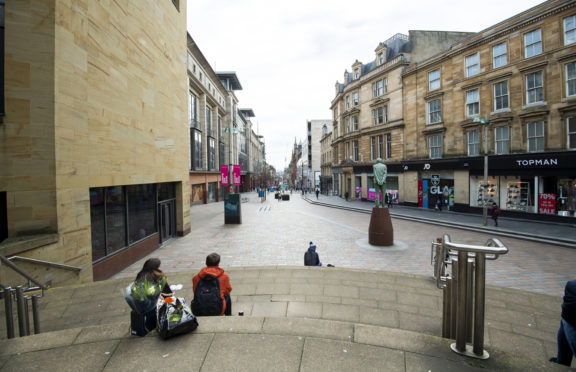
Britain’s high street retailers suffered their worst month on record in March as they were hammered by the Covid-19 lockdown, according to new figures.
The latest monthly BDO high street sales tracker saw total like-for-like sales dive 17.9% for the month as shoppers stayed indoors.
In-store sales were particularly badly hit, plunging 34.1% after non-essential stores were told to shut their doors in the face of the pandemic.
Reduced footfall due to social distancing protocols also hit stores during the month, while shoppers’ attentions were diverted to essential items, such as groceries.
Fashion stores saw sales dive 40.4% over the month, while lifestyle shops also reported a 24.6% decline.
Elsewhere, homeware store sales declined by 26.1% after sales vanished at the end of the month.
Shoppers turned their attentions online, with non-store like-for-like sales increasing by 13.7%.
However, this online growth was not consistent for all retailers, with fashion retailers also reporting lower online demand.
Sophie Michael, head of retail and wholesale at BDO, said: “It’s no surprise that March was the worst month on record for the high street, as the Covid-19 outbreak had an immediate impact on consumer demand for discretionary items.
“Understandably, shoppers are being very cautious with their pounds, as concerns about job security grip the nation.
“For most retailers, in-store sales make up the largest portion of their revenue, so they are having to rely solely on non-store channels and adapt aggressively to survive.
“It is likely that the pandemic has only sped up the shift away from in-store shopping as consumers become even more accustomed to buying on-line.”

Enjoy the convenience of having The Sunday Post delivered as a digital ePaper straight to your smartphone, tablet or computer.
Subscribe for only £5.49 a month and enjoy all the benefits of the printed paper as a digital replica.
Subscribe